Feeding wild birds is more than just a hobby—it’s a connection to nature that brings joy to millions of people worldwide. The simple act of filling a feeder can transform an ordinary backyard into a vibrant ecosystem teeming with colorful visitors. However, what many bird enthusiasts don’t realize is that certain feeding practices can actually harm the very creatures they’re trying to help. From choosing the wrong seed to improper feeder maintenance, common mistakes can discourage birds from visiting or even put their health at risk. This comprehensive guide will help you identify and avoid these pitfalls, ensuring your bird feeding station remains a safe haven for your feathered friends while maximizing the enjoyment you receive from this rewarding pastime.
Understanding Bird Nutritional Needs
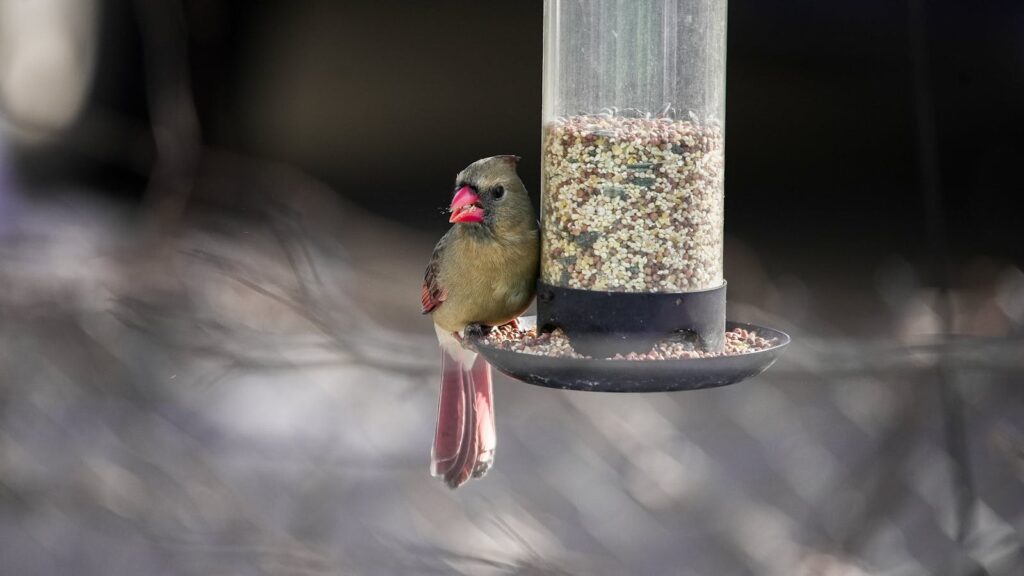
Different bird species have vastly different dietary requirements, making a one-seed-fits-all approach ineffective and potentially wasteful. Cardinals and grosbeaks, for instance, have powerful bills designed to crack open large seeds like sunflower and safflower, while smaller birds like chickadees prefer smaller seeds or pieces they can easily manage. Woodpeckers rarely eat seeds in the wild, instead favoring suet that mimics their natural insect diet. Understanding these preferences isn’t just about attracting more birds—it’s about providing appropriate nutrition that supports their health through changing seasons and life stages. Research the common species in your region to tailor your offerings to the birds most likely to visit your feeders.
The Problem with Bargain Seed Mixes
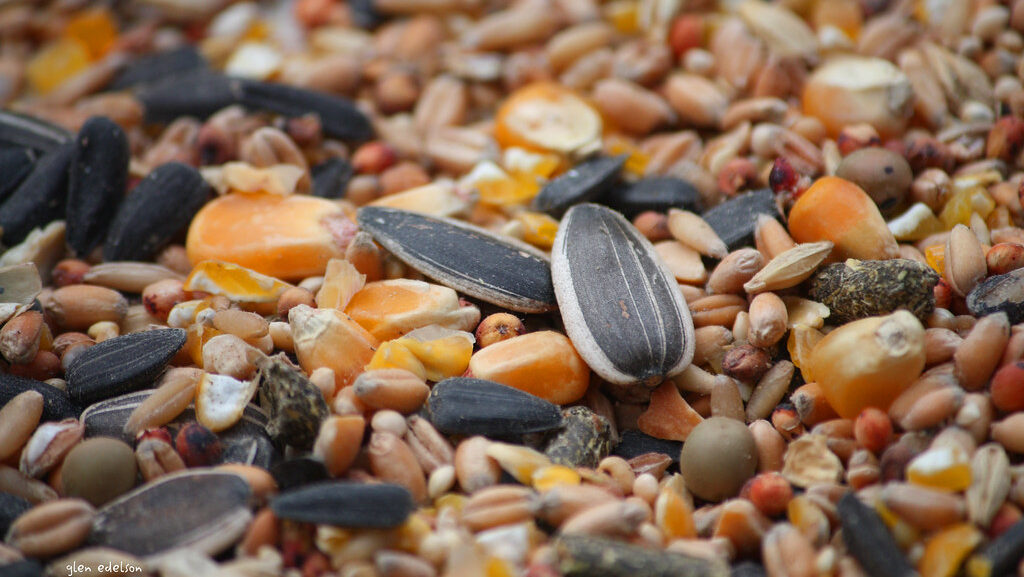
Those inexpensive birdseed mixes prominently displayed at grocery and big box stores might seem like a good value, but they often contain fillers that birds simply won’t eat. Common fillers include milo, wheat, and oats—ingredients that end up scattered on the ground beneath your feeder, attracting rodents and potentially harboring mold. These budget mixes frequently contain excessive amounts of red millet, which few backyard birds except doves and sparrows will consume. The apparent savings quickly evaporate when you realize that up to 80% of bargain seed may go uneaten, making quality single-ingredient seeds or premium mixes more economical in the long run. Additionally, wasted seed that accumulates on the ground can become a breeding ground for harmful bacteria and fungal diseases that spread among feeding birds.
Selecting Quality Birdseed
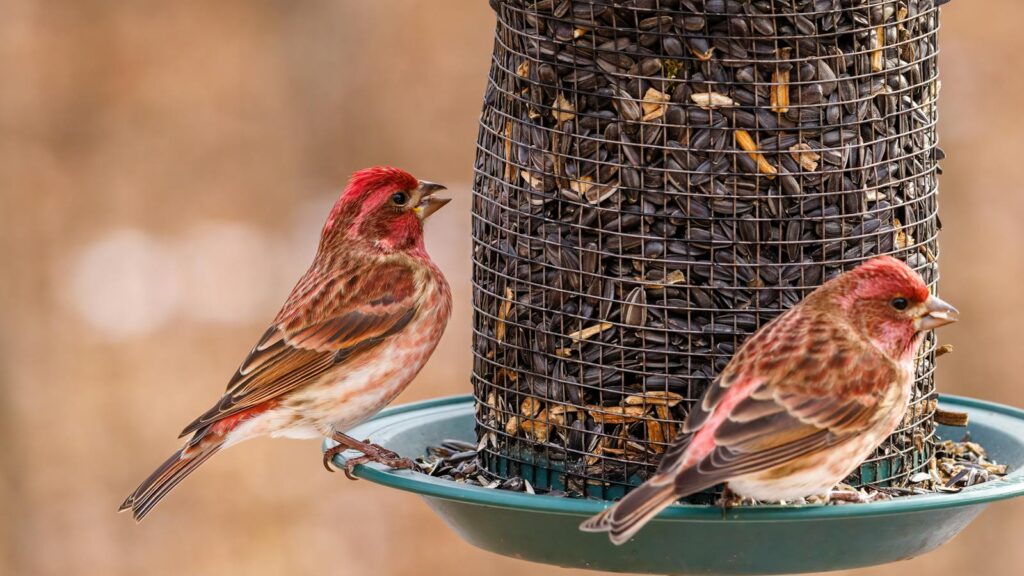
High-quality birdseed should feel heavy for its volume and appear clean, with a slight sheen to the seeds indicating proper oil content. Black oil sunflower seed is often considered the “universal” bird food, attracting the widest variety of desirable backyard birds while providing high caloric value and essential fats. Look for seeds that are stored in cool, dry conditions at the retailer, as improper storage can lead to reduced nutritional value and potential mold growth. Specialty seeds like nyjer (thistle) for finches should be fresh—this particular seed loses its appeal to birds quickly if stored improperly or for too long. Consider purchasing from dedicated wild bird supply stores rather than general retailers, as their inventory typically moves faster and is stored with birds’ needs in mind.
The Dangers of Moldy Seed
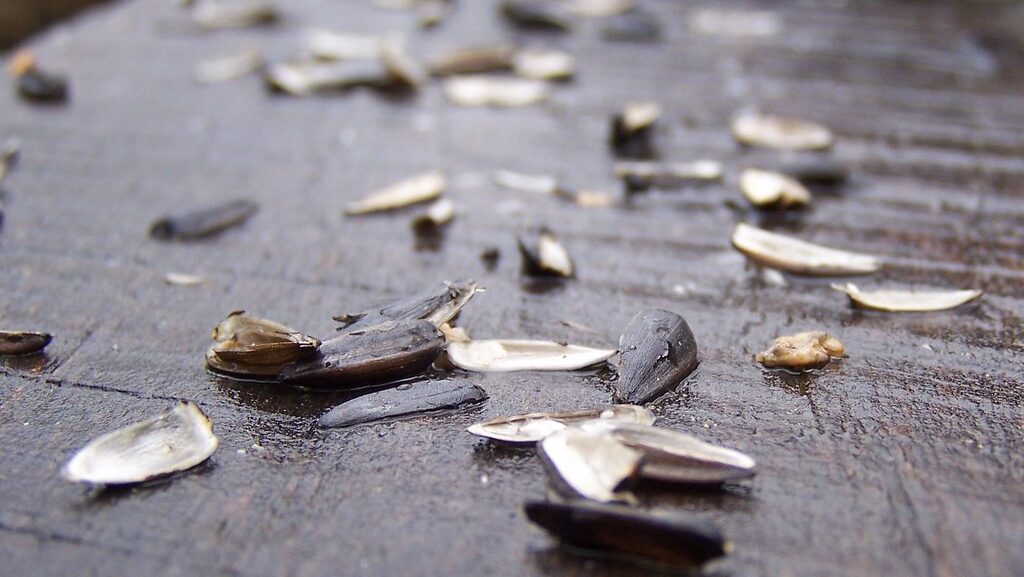
Moldy birdseed presents one of the most serious health hazards to backyard birds, potentially causing fatal respiratory infections like aspergillosis. Moisture is the primary culprit, whether from rain getting into feeders, high humidity, or improper storage conditions. Birds won’t necessarily avoid moldy seed, especially during food shortages or winter months when they’re desperate for calories. Signs of mold include clumping, discoloration, a musty smell, or visible fuzzy growth on seeds or inside storage containers. If you discover moldy seed, dispose of it immediately in sealed bags—never scatter it elsewhere thinking other animals might benefit, as the mold spores can spread to soil and plants. Regularly inspect stored seed by smelling it and examining it closely before filling feeders, especially during humid or rainy periods.
Improper Feeder Maintenance
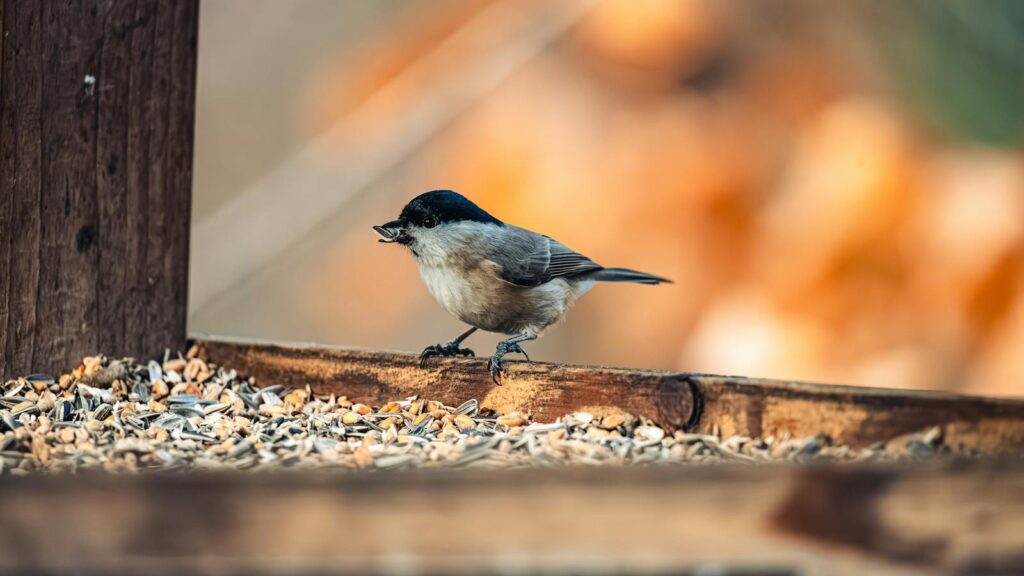
A dirty bird feeder can quickly become a disease transmission hotspot, spreading illnesses like salmonellosis, avian pox, and conjunctivitis among visiting birds. Many bird enthusiasts underestimate how frequently feeders require cleaning—the recommended schedule is every two weeks in normal conditions and weekly during hot, humid weather or disease outbreaks. Proper cleaning involves completely disassembling feeders when possible, scrubbing with hot soapy water, rinsing thoroughly, and then disinfecting with a solution of one part bleach to nine parts water. Allow feeders to dry completely before refilling, as residual moisture can accelerate seed spoilage. Establish a regular cleaning calendar reminder, and consider having backup feeders so birds don’t go without food during cleaning days.
Seasonal Seed Selection Errors
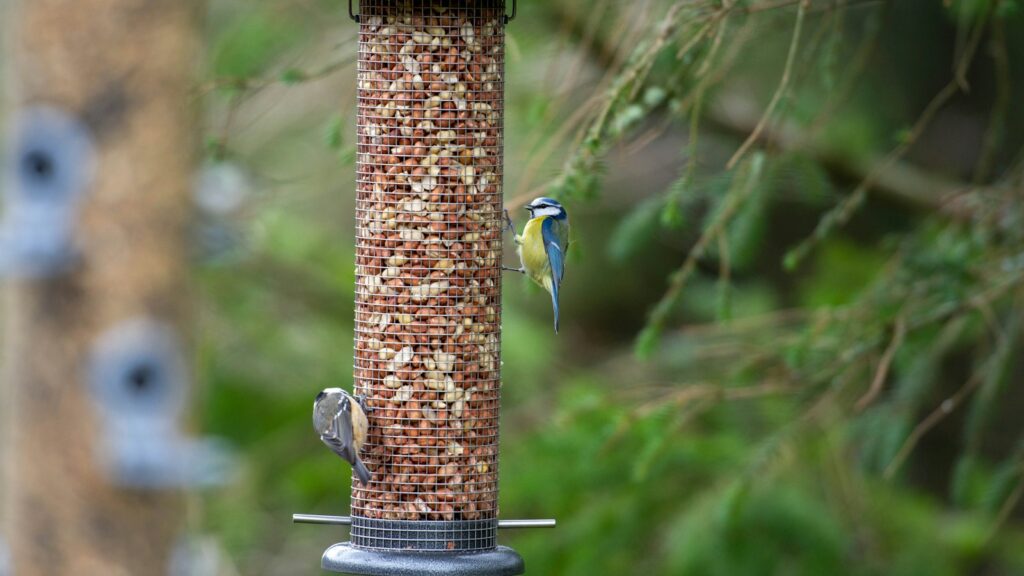
Bird nutritional needs change throughout the year, making a static feeding strategy suboptimal for their health. During breeding season (spring through summer), many species benefit from higher protein options like mealworms and suet to support reproduction and feeding young. Winter feeding should emphasize high-fat seeds like black oil sunflower, peanuts, and suet to help birds maintain their body temperature during cold nights. Many well-intentioned enthusiasts make the mistake of offering the same seed year-round, missing opportunities to better support birds through their annual cycles. Migration periods present another consideration—during spring and fall, offering easily digestible high-energy foods can help traveling birds refuel effectively during stopovers in your yard.
Overlooking Feeder Placement Safety
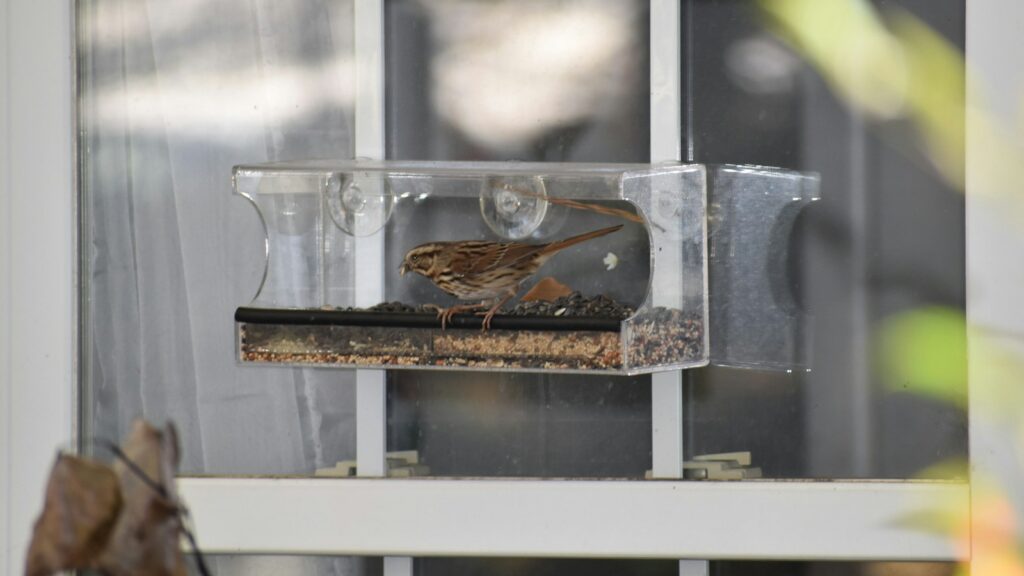
Poorly placed feeders can inadvertently create dangerous situations for the birds you’re trying to help. Positioning feeders too close to windows leads to fatal collisions—studies suggest feeders should be either within three feet of windows (so birds can’t gain enough speed to hurt themselves) or more than 30 feet away. Feeders placed without consideration for predators can create “killing zones” where cats and hawks easily target feeding birds. The ground beneath feeders requires attention too, as seed accumulation can attract rodents and spread disease among ground-feeding species like juncos and doves. Lastly, feeders hung in exposed locations without nearby shelter put birds at risk from predators and harsh weather conditions, as they need quick escape routes to shrubs or trees when threatened.
The Myth of Year-Round Feeding
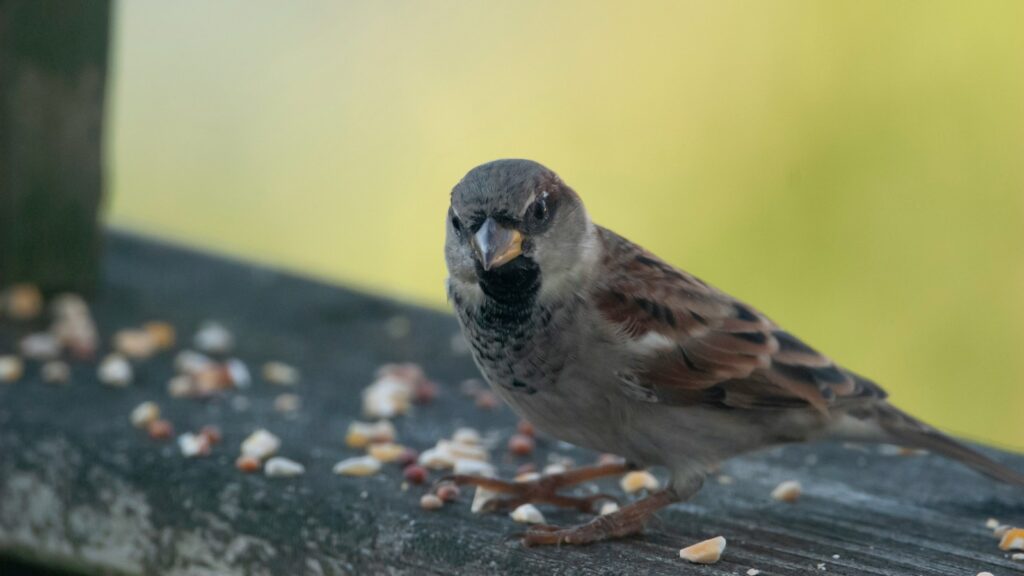
Many bird lovers worry that birds will starve if they stop filling feeders, particularly during winter months or when traveling. This concern, while well-intentioned, misunderstands wild birds’ adaptability and foraging abilities. Healthy wild bird populations don’t become dependent on feeders and will simply move to natural food sources if feeders are empty. In fact, temporary breaks in feeding can be beneficial, encouraging birds to disperse and reducing disease transmission risks at busy feeding stations. That said, consistency does help during extreme weather events like ice storms or deep snow when natural foods become inaccessible. The best approach is reliable but not rigid feeding—birds benefit from your offerings without requiring them for survival.
Inappropriate Feeder Types
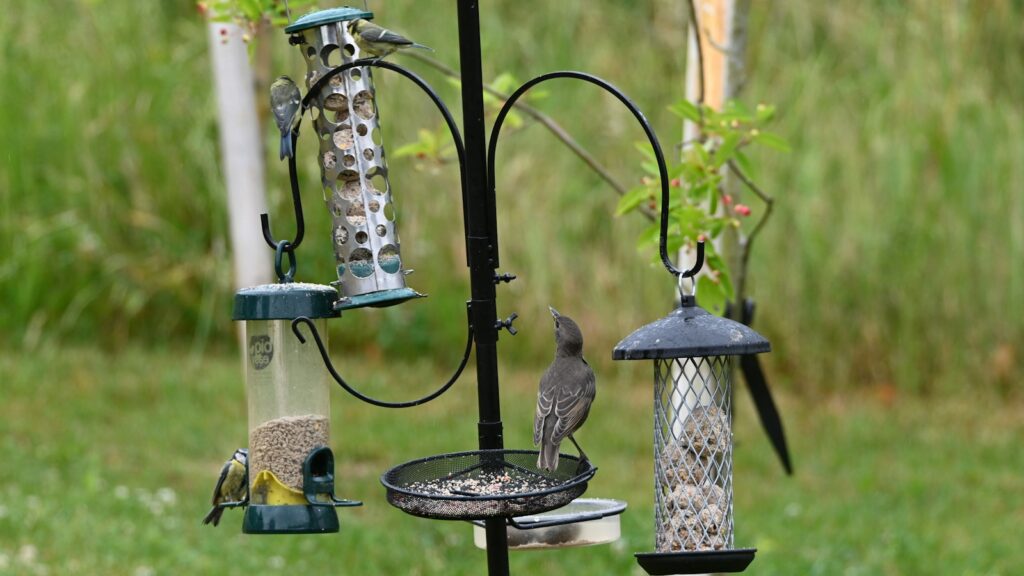
Not all bird feeders are created equal, and using the wrong type can frustrate both birds and watchers. Tube feeders with small ports work well for finches and chickadees but exclude larger birds like cardinals that need platform space. Conversely, open tray feeders attract undesirable visitors like pigeons, grackles, and squirrels while allowing seed to get wet quickly. Hopper feeders with weight-activated closing mechanisms help deter squirrels but require regular maintenance to ensure smooth operation. Hummingbird feeders used for seed or vice versa create ineffective feeding stations that birds may avoid entirely. Investing in several species-specific feeders, properly maintained and placed strategically around your yard, creates a more effective and enjoyable bird feeding environment than a single generic feeder.
Seed Storage Problems

Improper seed storage leads to unnecessary waste and potential health hazards for birds. Many bird enthusiasts make the mistake of storing seed in garages or sheds where temperature fluctuations cause condensation, promoting mold growth. Original paper or plastic bags offer little protection against moisture and pests like mice or moths that can contaminate entire batches. Instead, transfer seed to airtight containers made of metal or heavy plastic with secure lids, storing them in temperature-controlled environments when possible. For long-term storage (beyond a month), consider freezing seed in portioned bags to prevent insect infestations and preserve nutritional quality. Label storage containers with purchase dates to ensure rotation of stock, especially for specialty seeds like nyjer that lose freshness relatively quickly.
Ignoring Local Bird Populations
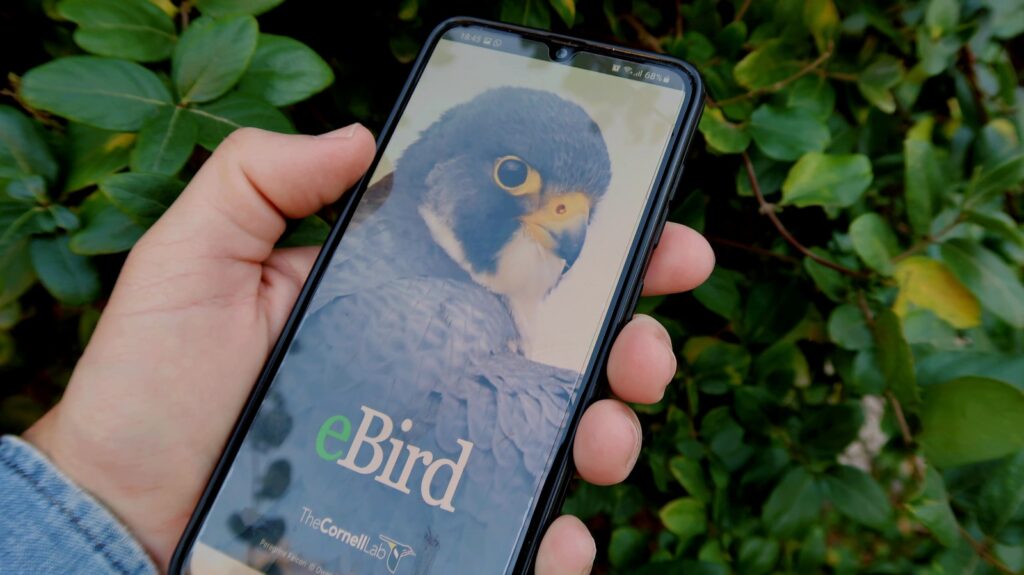
A fundamental mistake in bird feeding is failing to research which species commonly visit your geographical region and neighborhood habitat type. Urban environments in the Pacific Northwest support different bird communities than suburban areas in Florida or rural Midwest locations. Offering appropriate food for birds that don’t exist in your area wastes resources and may attract unwanted species instead. Local bird clubs, nature centers, and even neighbors who feed birds can provide valuable insights about which species regularly visit feeders in your immediate area. Consulting regional birding websites or using citizen science platforms like eBird can help identify seasonal visitors versus year-round residents, allowing you to adjust your feeding strategy accordingly. This tailored approach satisfies both your desire to see specific birds and provides appropriate nutrition for species actually likely to visit.
Creating Dependency and Disrupting Natural Behaviors

While feeding birds brings joy to millions of people, improper practices can potentially disrupt natural behaviors and migration patterns. Some well-meaning enthusiasts make the mistake of attempting to hand-feed wild birds, which can reduce their natural wariness of humans and put them at risk from those with harmful intentions. Excessive feeding at improper times may occasionally delay migration in some species, potentially exposing them to harsh weather conditions they’re not adapted to survive. Providing inappropriate foods that birds would never encounter naturally—like bread, which offers little nutritional value and can cause developmental issues in growing birds—creates unhealthy dietary patterns. The best approach maintains respect for birds’ wild nature while providing supplemental nutrition that complements rather than replaces their natural foraging behaviors.
Failing to Address Unwanted Visitors
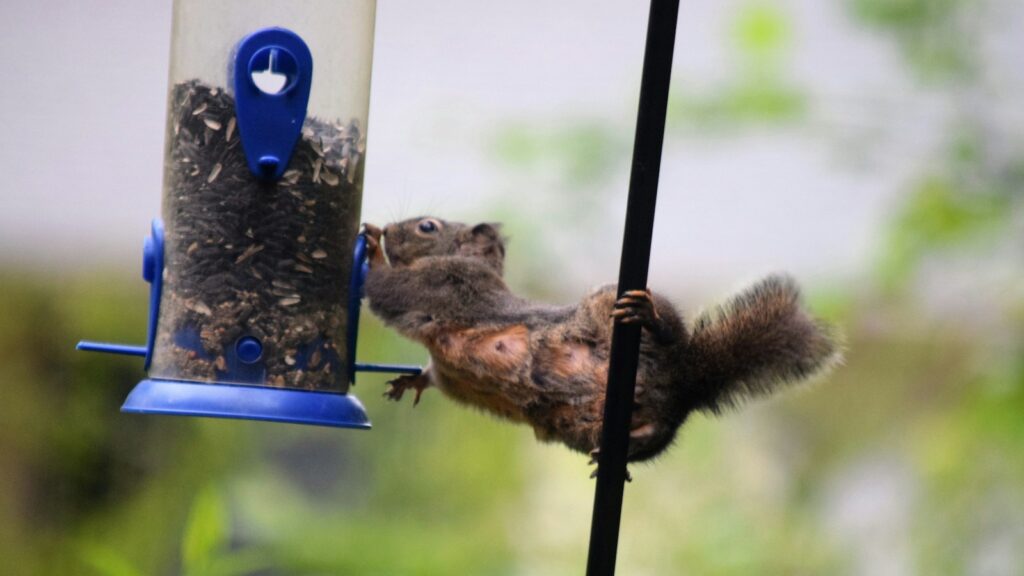
Perhaps the most frustrating aspect of bird feeding is dealing with non-target species like squirrels, raccoons, and aggressive bird species that monopolize feeders. Many bird enthusiasts give up entirely when faced with persistent squirrels or flocks of starlings consuming expensive seed. However, creative solutions exist for almost every unwanted visitor problem, from squirrel-proof feeders with weight-activated closing mechanisms to specialized seed that certain species avoid. Separate feeding stations with appropriate foods can satisfy both desirable and less welcome species while minimizing competition. For example, offering cracked corn on the ground away from primary feeders can distract squirrels and deer while still providing nutrition to ground-feeding birds. With thoughtful planning and appropriate equipment, most enthusiasts can maintain a feeding program that primarily benefits their preferred avian visitors.
Conclusion: Creating a Responsible Feeding Program
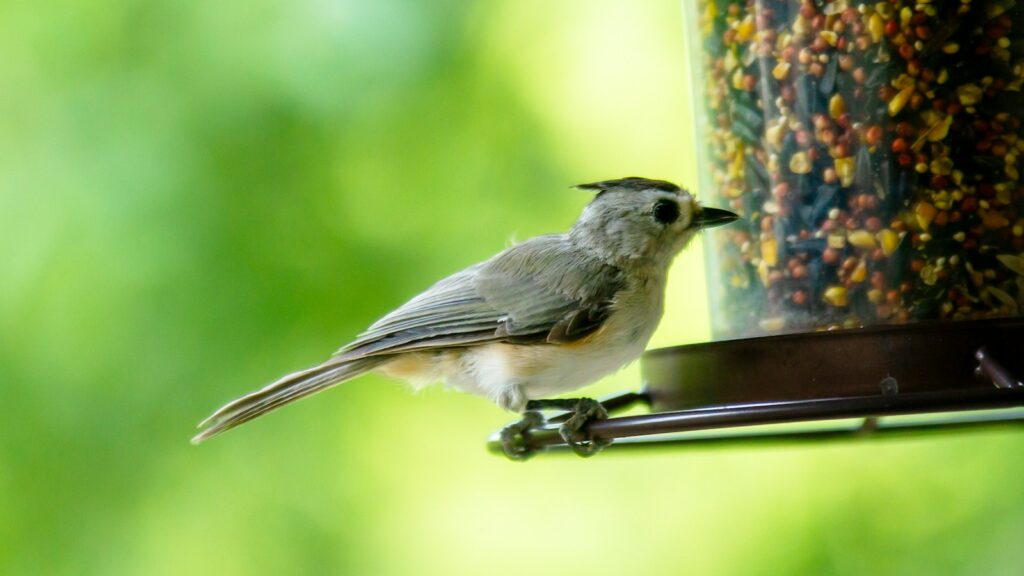
Successfully feeding wild birds requires more than good intentions—it demands ongoing education, quality materials, and consistent maintenance. By avoiding the common mistakes outlined in this guide, you’ll create a healthier environment for birds while maximizing your enjoyment of these fascinating visitors. Remember that bird feeding is ultimately a partnership between you and wild creatures; they gain supplemental nutrition while providing you with entertainment and connection to the natural world. Start by implementing just a few improvements to your current routine, perhaps upgrading to better-quality seed or establishing a regular cleaning schedule. Over time, you can develop a comprehensive feeding program tailored to your local bird community, providing them with appropriate nutrition through changing seasons while minimizing potential harms. Your efforts will be rewarded with a diverse, healthy bird population that brings daily wonder to your window.
